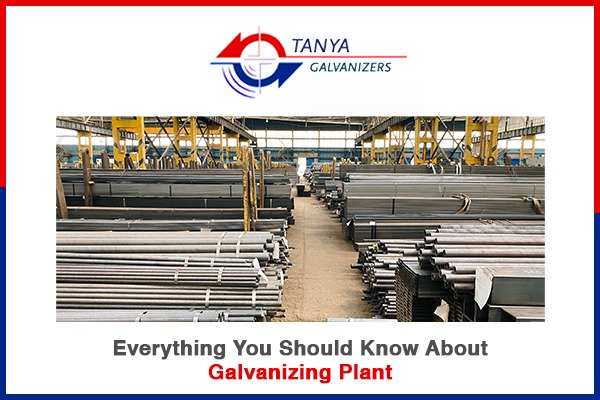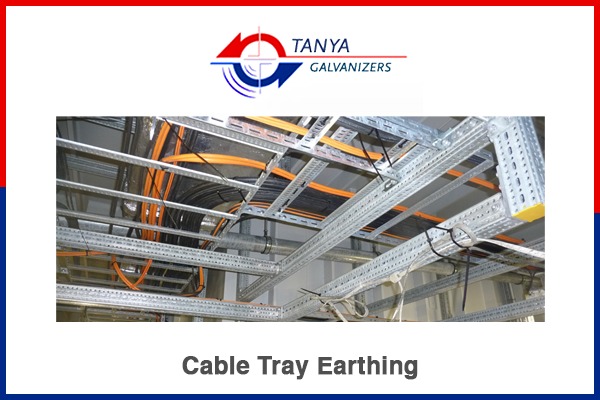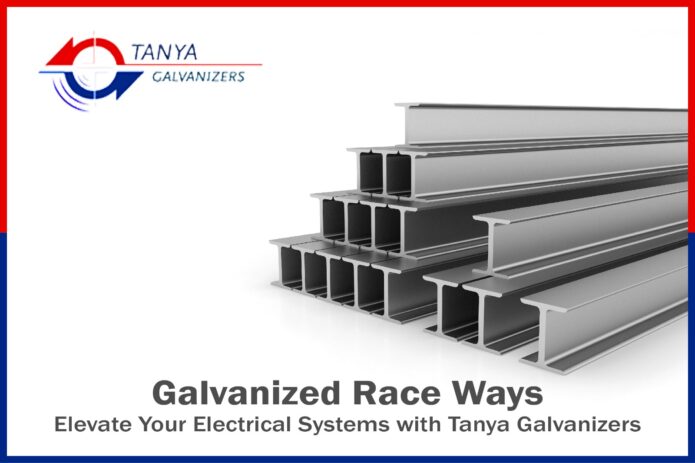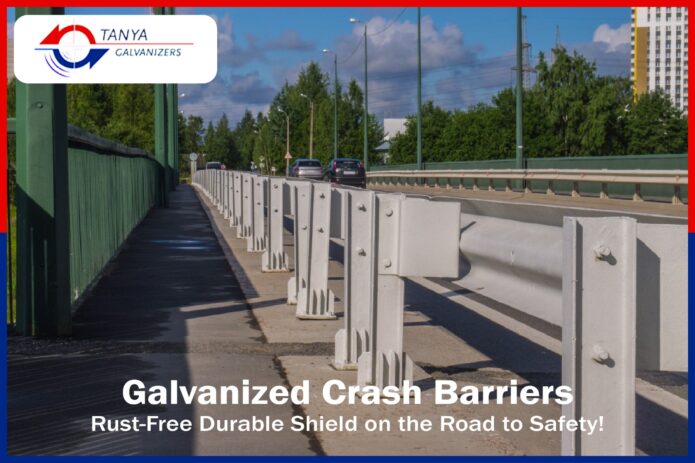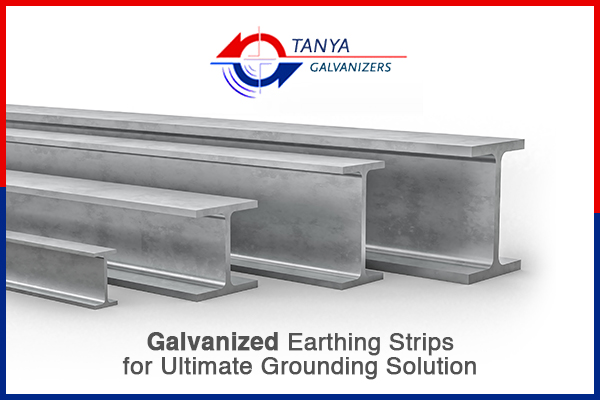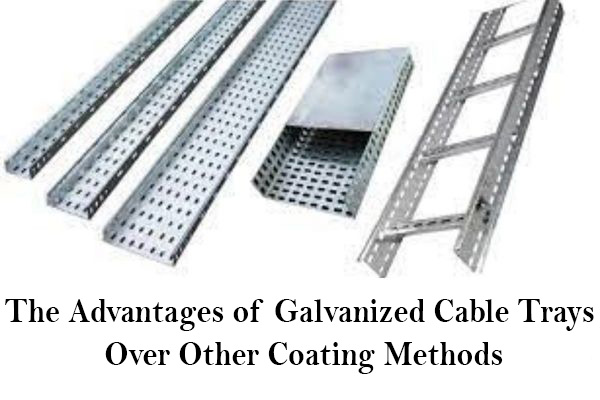In today’s world, protecting metals from corrosion is crucial. Here at Galvanizer, we’re dedicated to providing exceptional hot-dip galvanizing services to ensure the longevity of your metal structures. But have you ever wondered what goes on behind the scenes?
What is a Galvanizing Plant?
A galvanizing plant is an industrial facility specializing in applying a protective zinc coating to steel or iron products. This process, known as hot-dip galvanizing, significantly enhances the corrosion resistance of the metal, extending its lifespan and reducing maintenance costs.
The Galvanizing Process: A Step-by-Step Look
The hot-dip galvanizing process at Galvanizer involves several meticulous steps:
- Surface Preparation: Thorough cleaning removes dirt, oil, and mill scale (a layer of iron oxide) from the metal surface. This ensures a strong bond between the zinc and the steel.
- Fluxing: The metal is dipped into a solution (often zinc ammonium chloride) that removes any remaining oxides and promotes even zinc coating.
- Hot-Dip Galvanizing: The cleaned and fluxed metal is submerged in a kettle of molten zinc maintained at around 450°C (842°F). A metallurgical reaction occurs, forming a multi-layered zinc-iron alloy coating.
- Quenching (Optional): In some cases, the galvanized piece is rapidly cooled in water to achieve a specific surface finish.
- Inspection and Finishing: The galvanized product undergoes a final inspection to ensure coating thickness and quality meet required standards.
The Benefits of Galvanizing
Hot-dip galvanizing offers several advantages, making it a popular choice for various industries:
- Superior Corrosion Protection: The zinc coating acts as a barrier, preventing rust and extending the lifespan of metal structures by decades.
- Cost-Effective: Galvanizing is a relatively inexpensive process compared to other corrosion protection methods, offering long-term value.
- Durable and Low Maintenance: The zinc coating is highly resistant to weathering and it does requires minimal maintenance.
- Environmentally Friendly: Zinc element occurs naturally, and modern galvanizing practices minimize environmental impact.
- Versatility: Galvanizing can be applied to a wide range of steel and iron products, from fasteners and pipes to large beams and towers.
Choosing the Right Galvanizing Plant for Your Needs
With numerous galvanizing plants available, here are key factors to consider when making your choice:
- Experience and Reputation: Look for a company that has proven track record of providing high-quality galvanizing services.
- Capacity and Capabilities: Ensure the plant can handle the size and quantity of your metal products.
- Quality Standards: Choose a galvanizer that adheres to industry standards and can provide certifications for coating thickness and quality.
- Turnaround Time: Consider the lead time required for galvanizing your products to meet your project deadlines.
- Environmental Practices: Select a plant committed to sustainable practices and minimizing environmental impact.
Galvanizer: Your Partner in Metal Protection
At Galvanizer, we understand the importance of protecting your metal assets. We offer a state-of-the-art galvanizing plant equipped with advanced technology with our team of experienced professionals dedicated to exceeding your expectations.
We prioritize:
- Quality: Our quality starts with a meticulous pre-treatment process and extends to every stage of galvanizing.
- Efficiency: Our streamlined processes ensure fast turnaround times without compromising quality.
- Customer Service: We build strong bondings with our clients and providing exceptional service throughout the process.
- Sustainability: We prioritize environmentally responsible practices and invest in technologies that minimize waste and emissions.
Contact Galvanizer Today
For all your hot-dip galvanizing needs, contact Galvanizer today. Our expert team will be inquisitive to discuss and provide you with a quote. Let us help you safeguard your metal structures for years to come.
